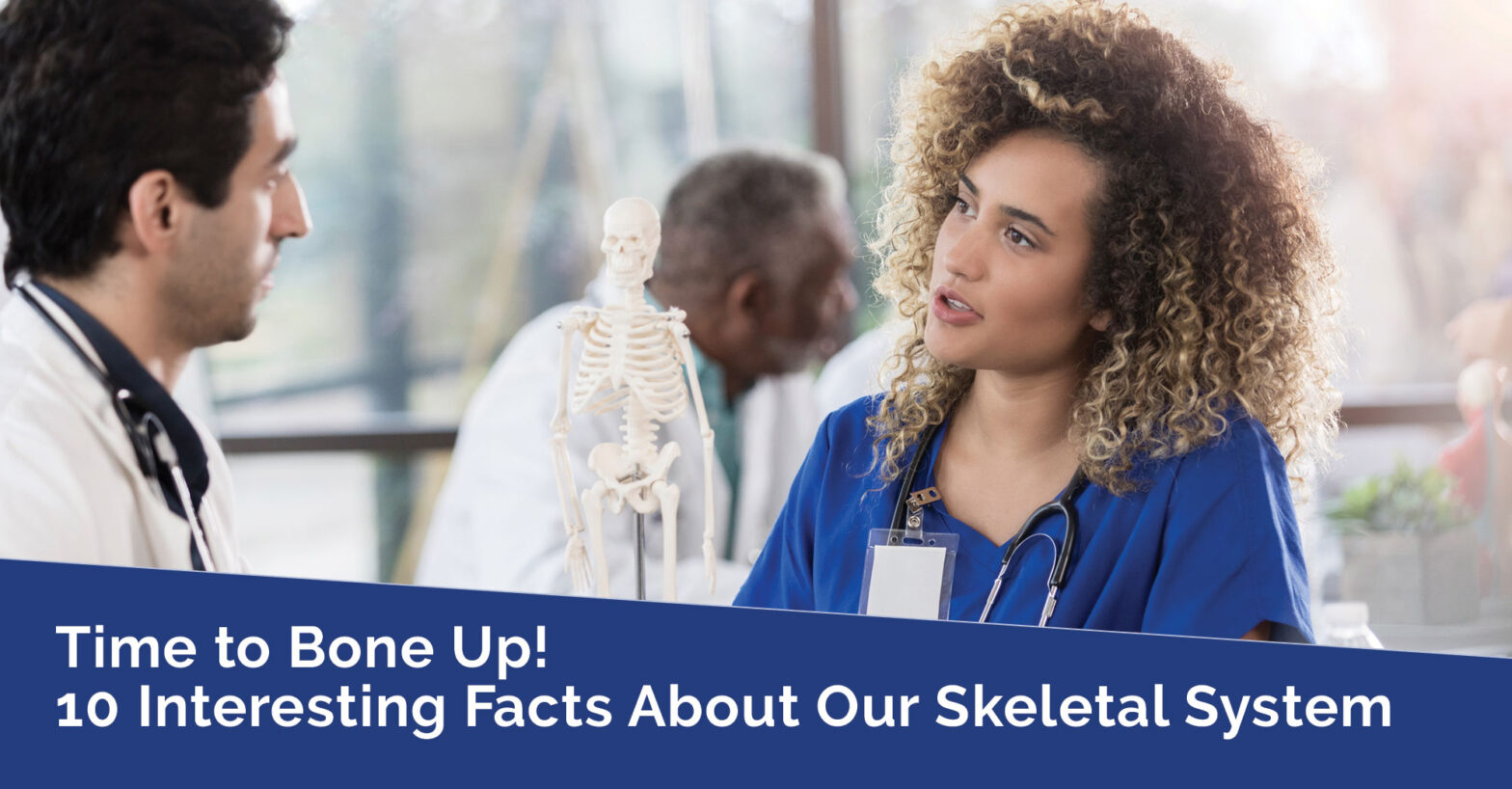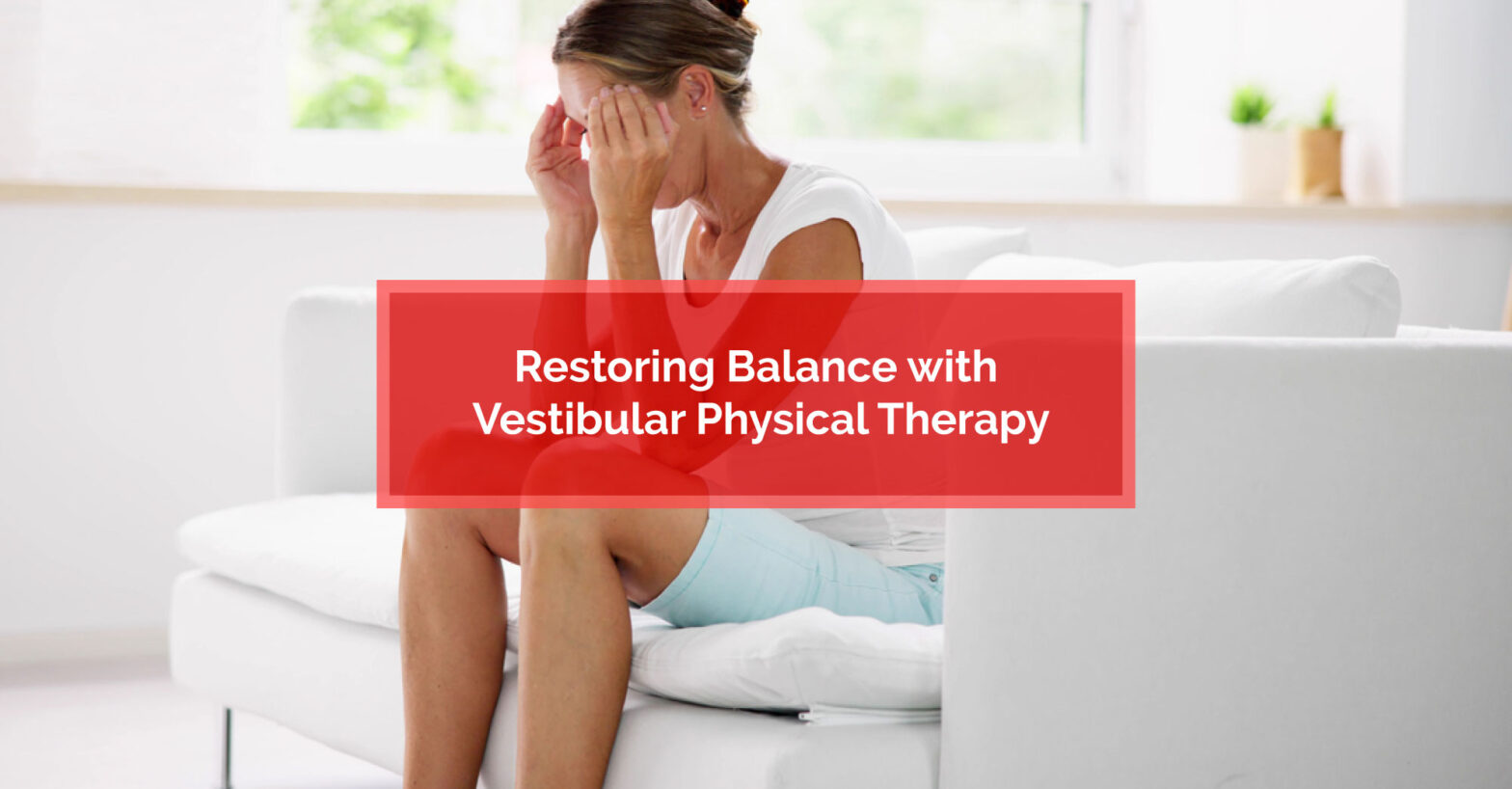Osteoarthritis Treatments: What You Need to Know...
Key Highlights: Osteoarthritis treatments focus on pain relief, restoring joint…
Read More
Posted by Dr. Scott Wilson | 14-Aug-2019
When it comes to our health, the skeletal system isn’t something we think much about. But bones are a crucial part of the human body — the same way that wood and bricks are to a house. A strong skeletal system gives you the power and stability you need to do a number of tasks, everything from running a marathon to giving birth.
At Physiomed, we’re always giving bones the attention they deserve. After all, strong bones are key to a long life and continued mobility — especially during old age. But it’s occurred to us that many of our patients don’t know much about their skeletal system, even though it’s the foundation to good health. That’s why we’ve dedicated an entire blog post to some fun facts about your bones.
206 to be exact. Each bone plays a very unique role, allowing the mechanics of your body to work properly. They’re also dependent on one other. So if one of these bones is broken or fractured, the bones around it won’t function correctly.
We usually imagine our bones to be made of hard, dense material. But in reality, only one type of bone is like this. It’s known as cortical bone, and is primarily found in the ‘structure’ bones. The second type is the trabecular bone, which is spongy and soft. It’s often found inside the larger bones, as well as the pelvis, ribs and skull.
You’ve heard of bone marrow, right? This spongy substance is found inside large bones, such as your hips, femur and pelvis. Bone marrow stores stem cells, which are responsible for producing crucial blood, brain and heart cells.
Earlier we told you that humans have 206 bones. But it’s not that bones disappear as we grow older. Instead, they fuse together. There are good reasons why nature doesn’t allow certain bones to fuse during the baby stage. An example of this is the skull. A newborn’s cranium bones aren’t fused so the skull can be soft and moldable, allowing the baby to pass through the birth canal. Another example is the leg and arm bones. These bones don’t fuse until the baby is much older, allowing for reduced injury when he or she falls over.
Ever wonder why babies can crawl around without seemingly hurting their knees? It’s because they don’t have kneecaps. Also known as the patella, kneecaps don’t actually appear until 2-6 years of age.
You’d think most of your bones are located somewhere in your torso and legs. But your hands and feet actually contain many of them. One hand alone has 27 bones.
Hard to believe those pearly little whites are so tough, but it’s true. Bones are strong, but teeth are even stronger. The enamel on your teeth, which are also considered part of the skeletal system, can endure more wear-and-tear than any other bone in your body.
Many people believe that a cast is what fixes a broken bone, but that’s not true. When you break a bone, the body will immediately work to heal it. It’ll do this by producing new bone cells — without external interference. A cast or brace just ensures the bone heals straight.
Certain foods are very effective for increasing bone strength. A calcium-rich diet with lots of dairy, broccoli, salmon and beans are excellent for building stronger bones. Couple this with regular weight-bearing exercise, and you’re almost guaranteed strong bones into old age.
American stunt performer Evel Knievel probably knows a lot about bones — considering he’s broken so many of them. According to the Guinness Book of World Records: By the end of 1975, this world-renowned daredevil had suffered a total of 433 fractures!
Healthy bones are the key to a long and active life. Physiomed can help you maintain a strong skeletal system through customized treatment programs. A nutritious diet and prescribed exercise are key to promoting excellent bone health. Whether you suffer from osteoporosis or need rehab for a broken leg, the healthcare professionals at Physiomed can help.
For more information on bone health or to book an assessment, contact us here.

Key Highlights: Osteoarthritis treatments focus on pain relief, restoring joint…
Read More
Key Highlights: Runner's knee, or patellofemoral pain syndrome, is a…
Read More
Key Highlights: Upper back and neck pain can be caused…
Read More
Key Highlights: Many people want to lose belly fat for…
Read More
Key Highlights: Vestibular physical therapy, or physiotherapy, is a specialized…
Read More
Key Highlights: Tennis elbow, or lateral epicondylitis, is a condition…
Read More